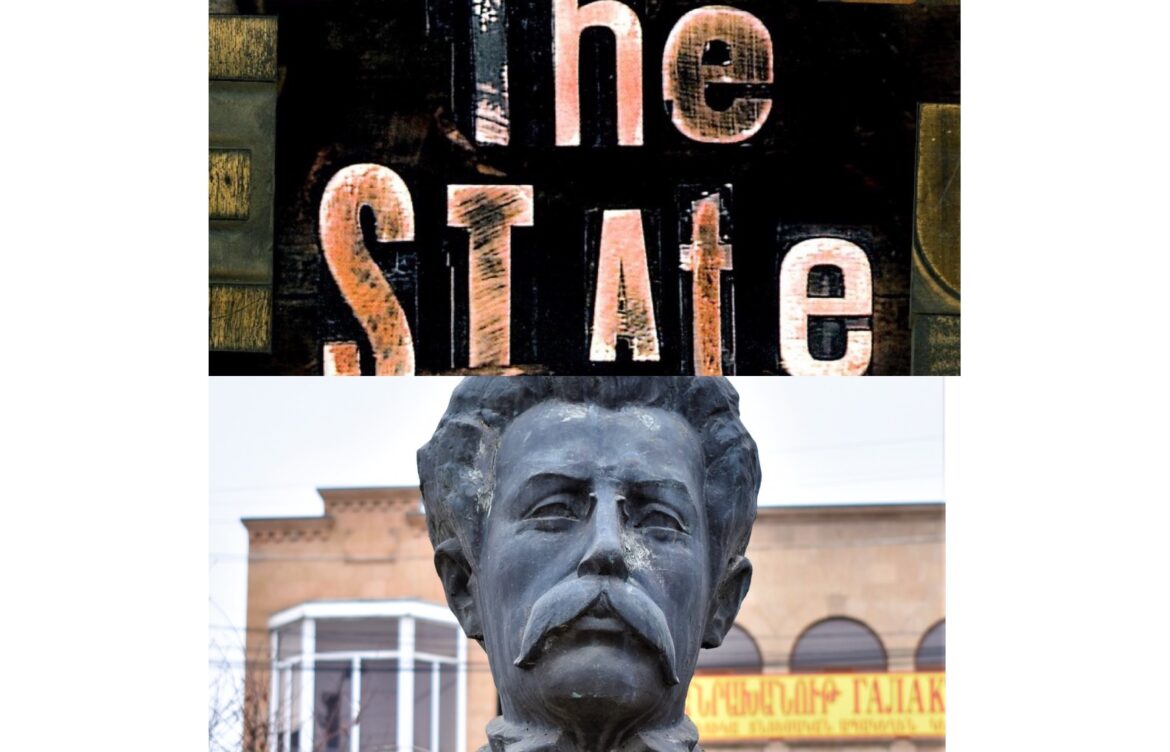Part IV
If Armenia had launched several preventive operations between 1994 and 2010, it would, unfortunately, have had losses but would it have had more deaths, vulnerabilities, and degradations than since 2016?
Gaidz Minassian
Since Armenians’ 2020 defeat in Artsakh (Nagorno-Karabakh), an existential crisis has erupted within the public discourse. The shockwave produced by this trying time has compelled Armenians to ask hard questions and face these issues.
With the backdrop of the war in Ukraine, Azerbaijan’s aggression against Armenia raises many questions that can be organized into seven points: impunity, neutrality, legality, security, unity, reality, and sovereignty.
Security
Every state has the right to use force against aggression, including Armenia. The right to defend oneself is an inalienable right. Armenia is therefore entitled to protect itself without the slightest challenge, including the use of force, sanctions and alliances. Alliances? What alliance, when the CSTO has shown its uselessness? The passage from the old world (democracies) to the new world (authoritarianism) turns alliances into partnerships. Armenia has been paying the price since Moscow proved unable to provide concrete military defense to its “ally” in the region. The result is that the U.S. seems to be at the forefront of diplomacy in Armenian-Azerbaijani relations.
Security is a complex concept that involves several parameters, such as the nature of the regime (authoritarian or democratic), the security doctrine (offensive or defensive), cooperation (alliance or partnership), the nature of the response (sanctions, coercion and anticipation). Armenians have never properly put forward the issue of economic sanctions against Azerbaijan and its leaders (confiscation of assets for example). Imposing sanctions on Baku should become a priority since the war of aggression against Armenia. Coercion can take several forms, such as armed intervention against Baku (unlikely) or legal intervention (lawfare, to be considered in particular in terms of Armenia-diasporic network cooperation). Coercion can also take another form halfway between intervention and prevention: preventive war. If Armenia had launched several preventive operations between 1994 and 2010, it would unfortunately have had losses but would it have had more deaths, vulnerabilities and degradations than since 2016? Let’s not forget that Armenia’s youth are going through their third war since 2016 (Four Day War, 2020 Artsakh War and the ongoing conflict since September 13, 2022). But prevention is also a strategy to deal with the threat upstream well before it crystallizes. It is up to the military and political authorities to implement this strategy of anticipation: deal with the threat to reduce it and consider different options based on this. This was the strategy of Aram Manoukian who, as early as 1908, had implemented this technique of avoiding conflict so that it never reached its peak. We must seriously draw inspiration from the doctrine of Aram Manoukian, the founder of the First Republic of Armenia. Remember that for the Republic of 1918, the real problems began after his death in January 1919.

